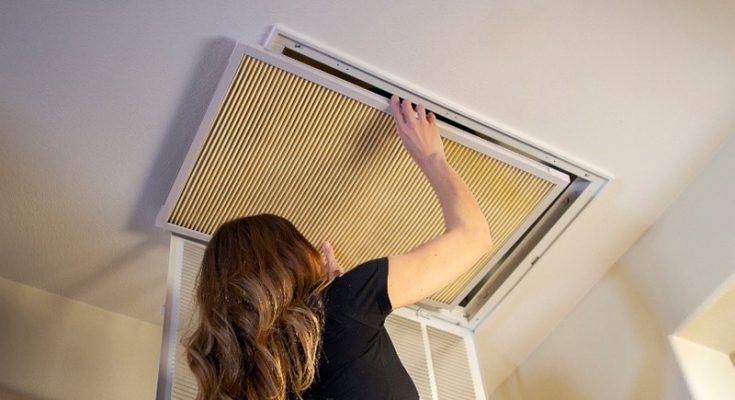Heating, ventilation and air conditioning (HVAC) equipment do a lot to maintain indoor temperature, particularly for your home. However, it’s easy to overlook small issues in your HVAC systems, especially if they are still functioning correctly. All may seem well until the time your air conditioner or heat furnace starts malfunctioning, and upon inspection, you see how much dirt has accumulated in the filter.
Checking your air filter is a crucial part of maintenance, but it’s a step often forgotten. The consequences can include dirty air circulating in your home or an unusual increase in your electricity bills, both of which can be avoided if you regularly check your air filter. Typically, you need to change it every one to three months, depending on how often you use your HVAC system.
However, finding a replacement is not as easy as it sounds. While you may be familiar with the standard 16x25x1 air filter, you will find so many different types of filters to choose from, making the decision that much harder.
With a dirty air filter being the number one reason for HVAC system failure, you must always remember to maintain clean air filters. Otherwise, you could spend more on repairs or a complete system replacement. Though it can be overwhelming to choose from so many air filters, there are certain factors that you should consider to make the process much easier.
Check the Filter Size
One of the most important things you have to consider is the size of the air filter that you want. You can get the highest quality filter that provides the best performance, but if it cannot fit in your HVAC system, then you will not reap its benefits.
To determine the size you need, try checking the label of your existing filter or measure it directly. A 16x25x1 air filter is typically the most common size for residential purposes, but it will still be best to double-check since some systems may need a different size.
The Filter Type Matters
Choosing a filter type may be more technical, but it’s equally important to make sure you select a filter to address your specific requirements.
HEPA Filter
HEPA filters can filter particulates at a very fine scale, making them useful for microscopic allergens like bacteria or pollen. More specifically, standard specifications require it to filter 99.7% of particulates that are 0.3 microns or larger. This type of filter is an ideal choice for you if you or anyone at home has breathing or allergy problems.
Electrostatic Filter
As its name suggests, an electrostatic filter uses static electricity to charge particles in the air and remove the allergens. Though it tends to be more costly, it’s also known to be one of the most effective since it can remove a large number of allergens without compromising efficiency.
Carbon Filter
Carbon filters are ideal for filtering chemicals, gases, and odors since they make use of activated carbon, an agent that is known for effectively trapping gases and absorbing particles. If you struggle with odor issues in your home, this type of filter will be ideal.
Find out the Filter Performance
Air filters have differing efficiencies, and one of the most common metrics you will find is the minimum efficiency reporting value (MERV) rating, which is typically given for pleated, electrostatic, and electronic filters. The standard MERV ratings range from 1 to 16, and a higher number indicates better filtration.




